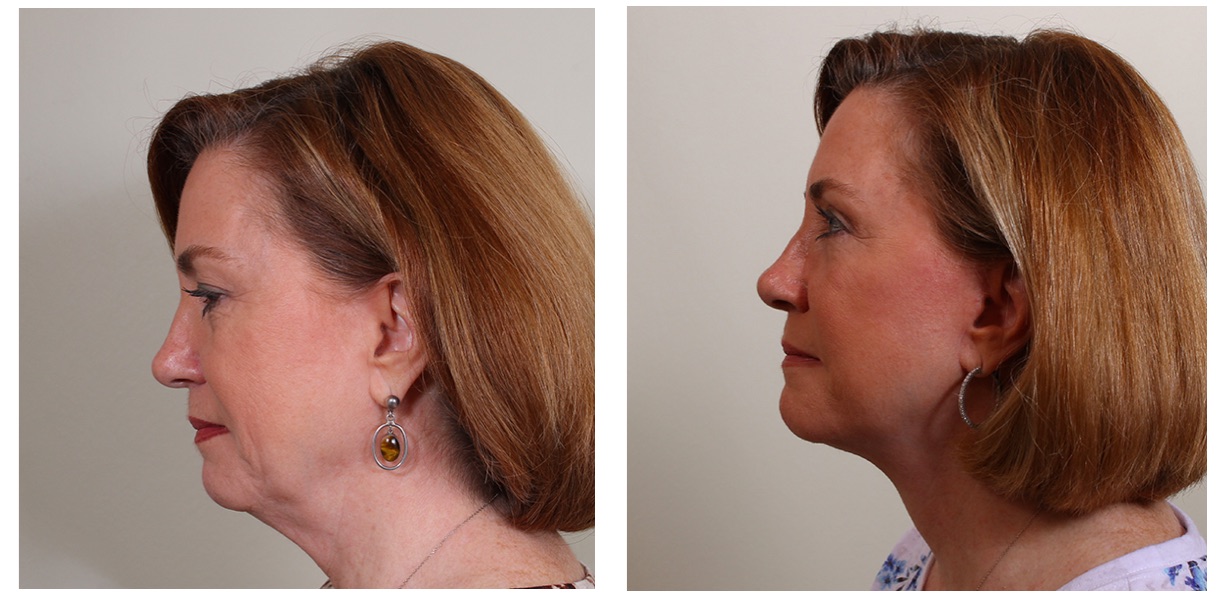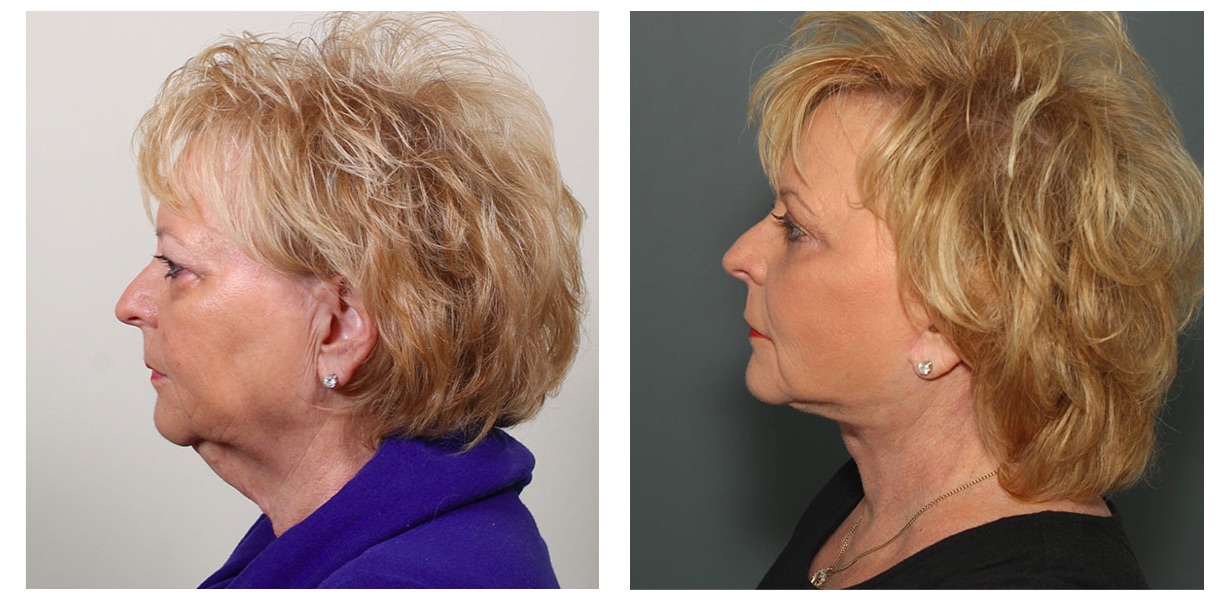The facelift, formally known as a rhytidectomy, is a classic surgical anti-aging procedure that can produce dramatic, comprehensive results for patients who want long-term facial rejuvenation. The basic concept of the facelift is simple: to lift and tighten the facial tissues for a refreshed, rejuvenated, and more youthful appearance. Facelifts can be used to address many signs of aging, including wrinkling, sagging skin, changes to facial contour and facial volume loss.
Facelifts are much more complex and versatile than most people realize, however. The procedure can be completely customized to suit each patient's needs and address specific concerns. The facelift is actually made up of a combination of facial surgeries that work together to create the desired results. The classic facelift is comprised of a lower facelift and a neck lift, in order to tighten the lower two-thirds of the face and any jowls that may have appeared at the jaw from sagging skin.








